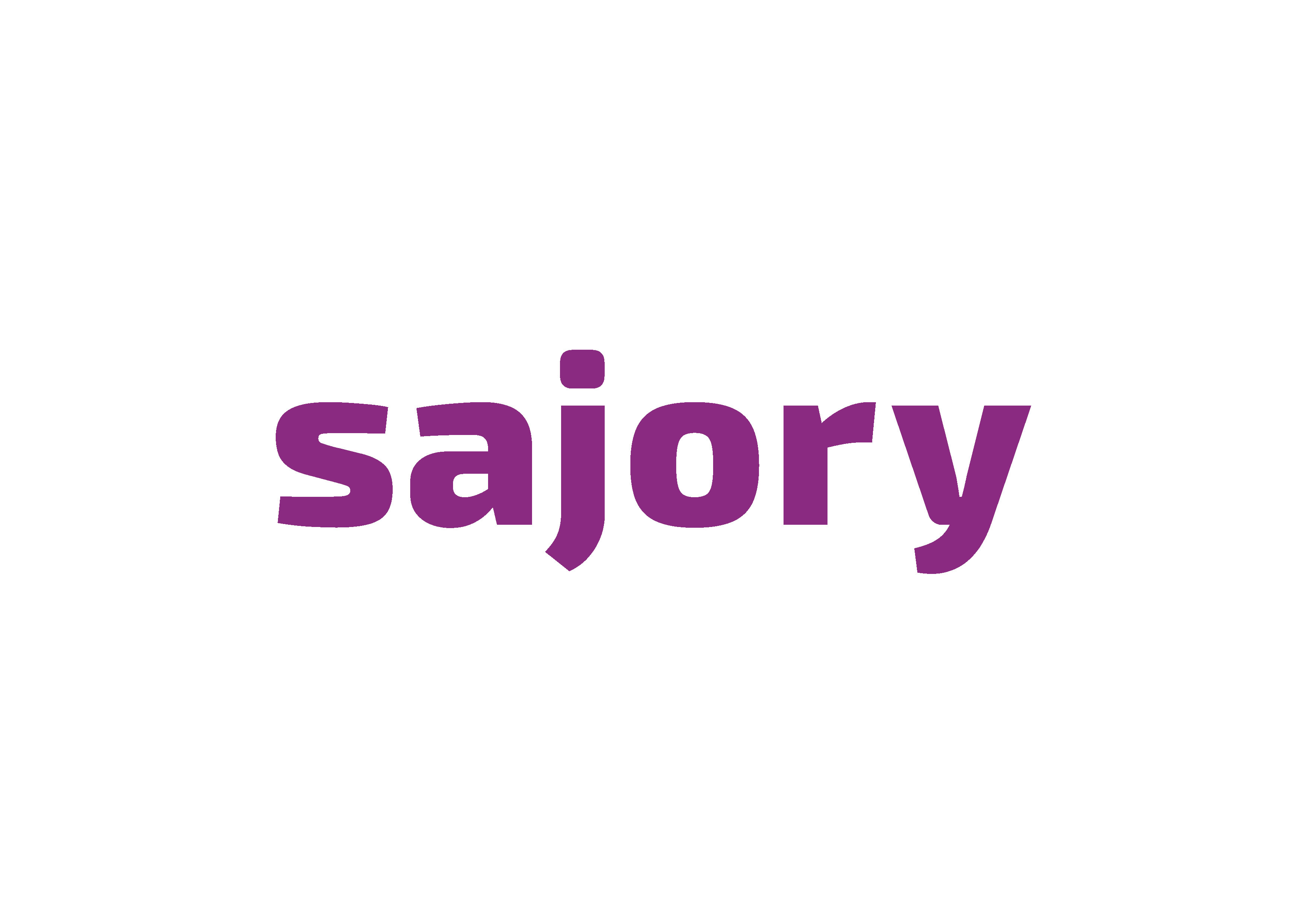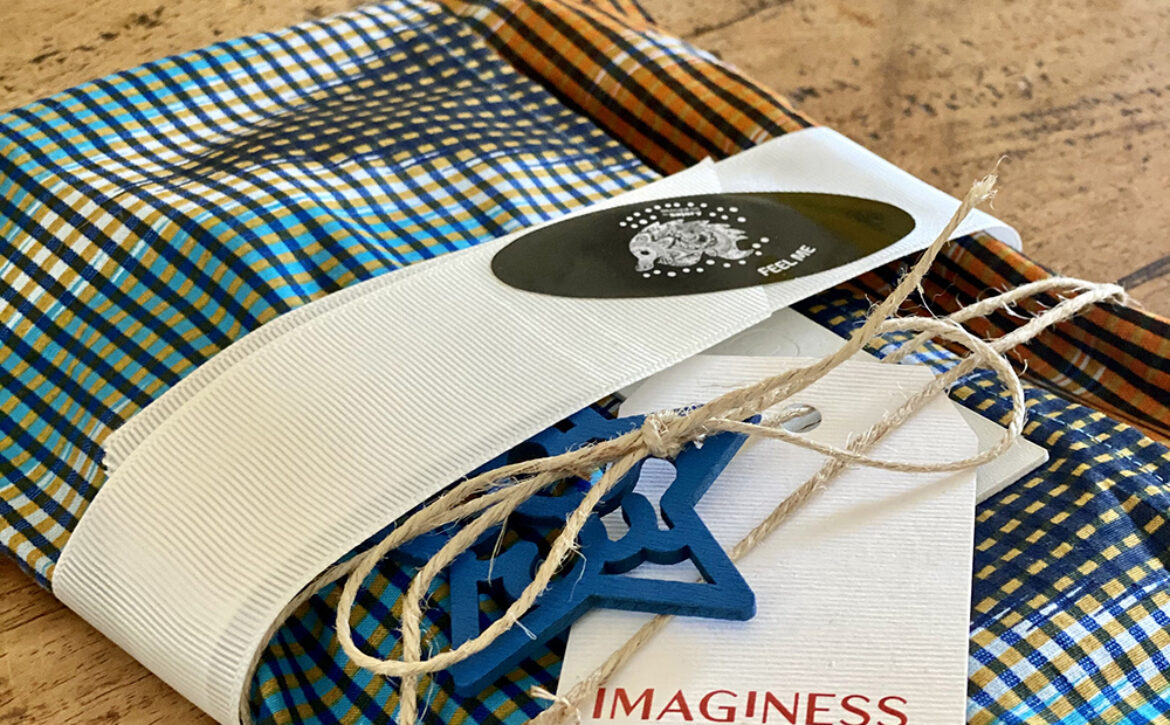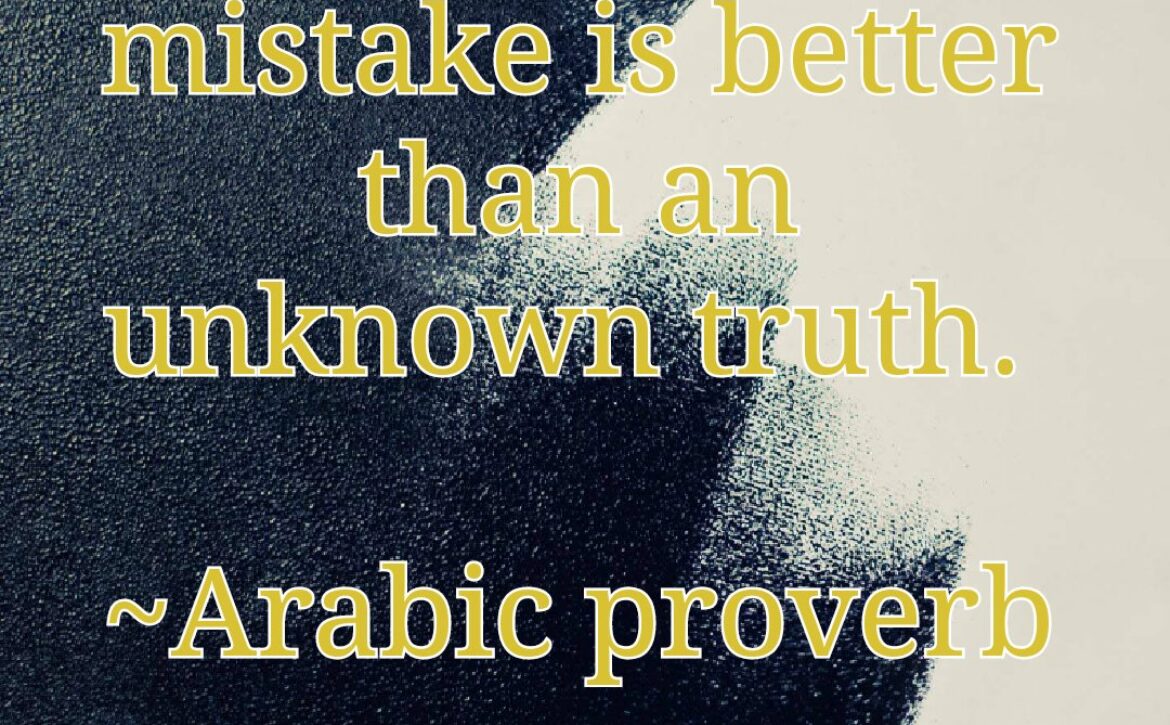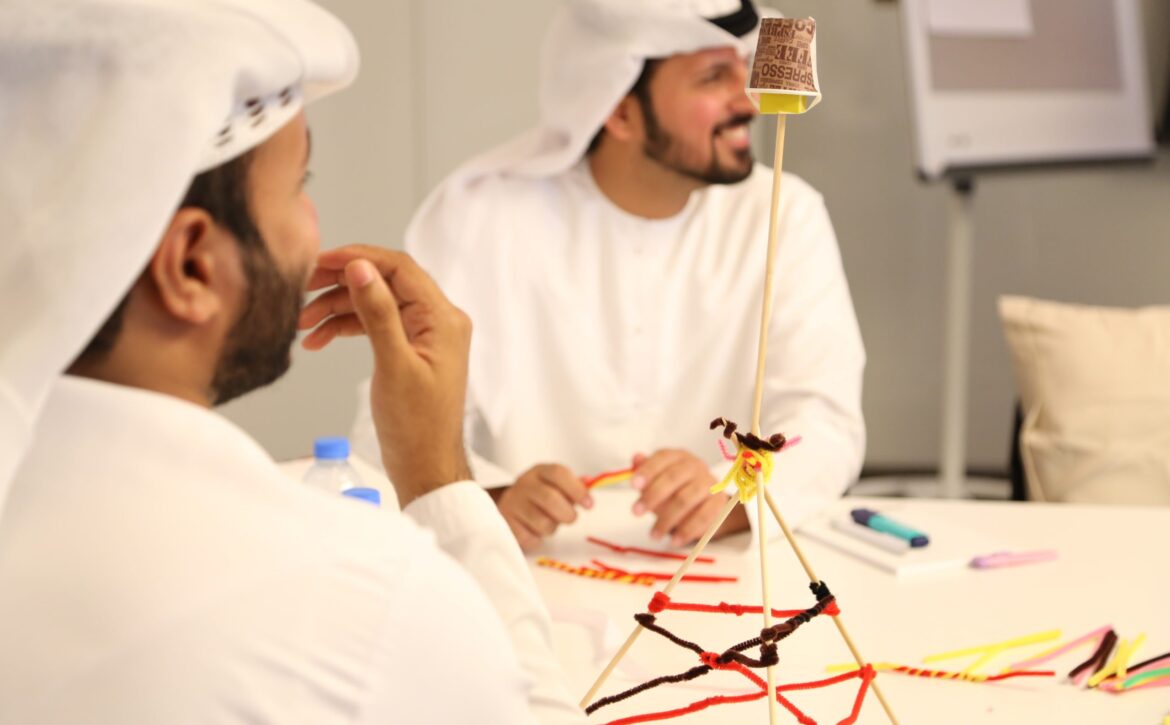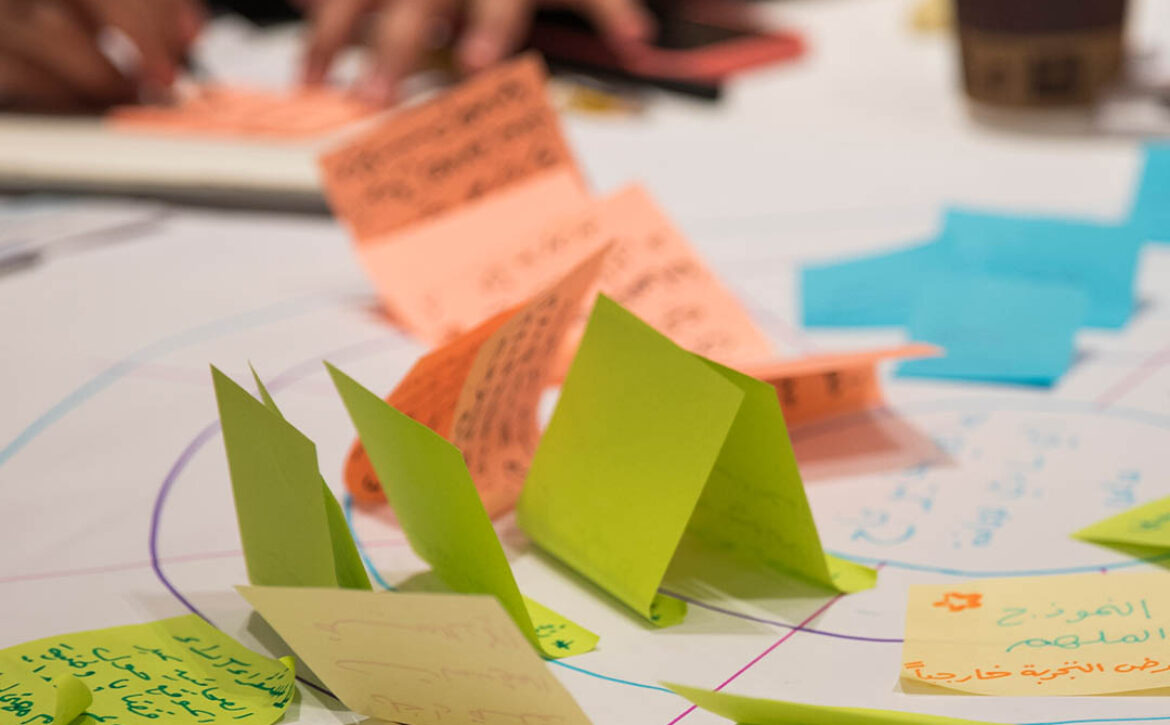“I don’t know”
It’s impossible to learn something if you think you already know it.
If you find yourself responding to every question asked, commenting on all conversation topics, or talking about your experiences without a breathing moment, you’re manifesting ignorance more than anything else.
When we pretend to know what we think we know, we ignore anything that will contradict our beliefs. When we strive to give others the impression that we know-it-all, we portray the image of being better, more important and smarter. We also shut off incoming signals from outside sources that can greatly educate us, leaving us less smarter than what we thought we were.
There’s nothing more powerful than a leader who says eloquently “I don’t know.”
This is the ultimate wisdom from those who know.
It opens mind, ears and attention to what might be the answer. It grounds the person and connects with others who are eager to explore the question together.
Are you open for knowledge?

